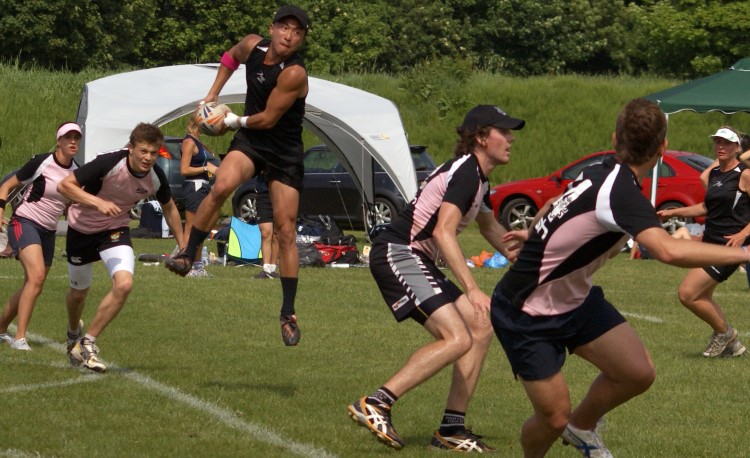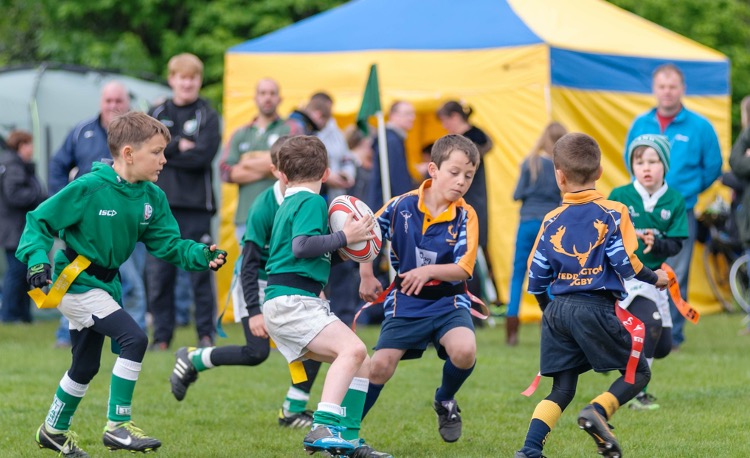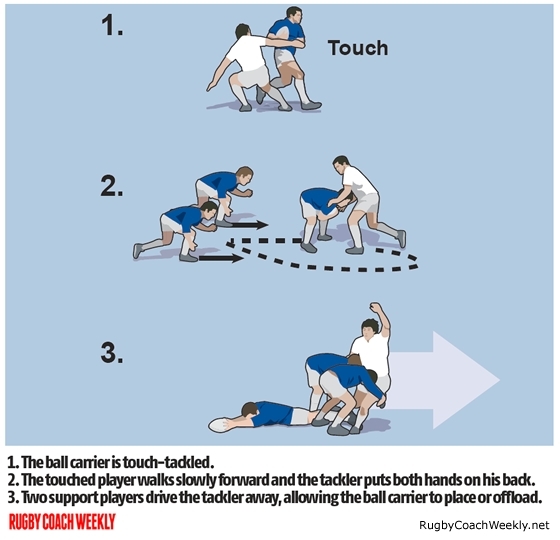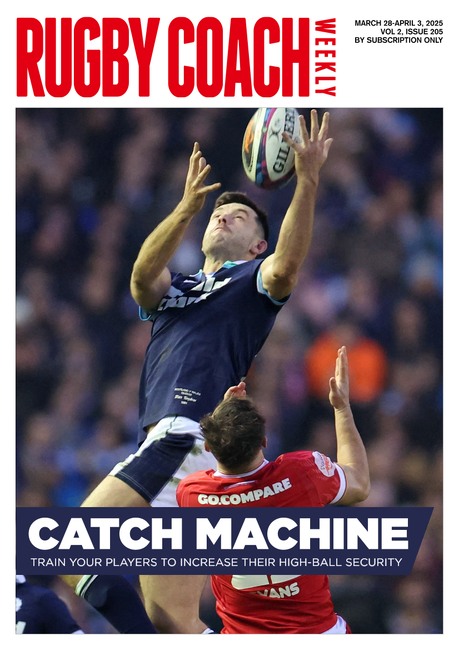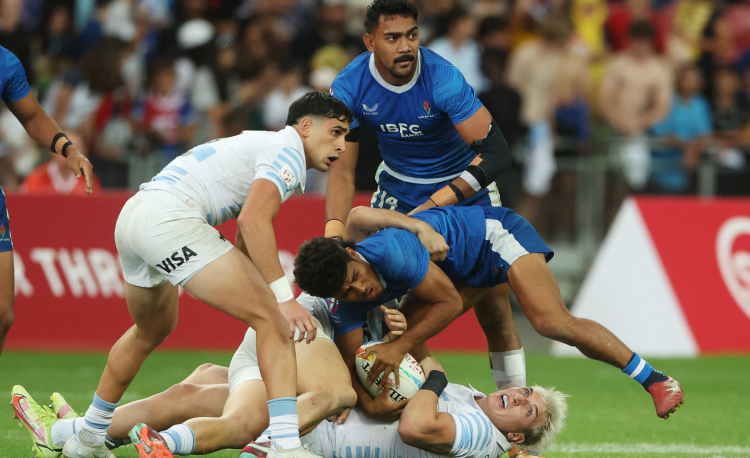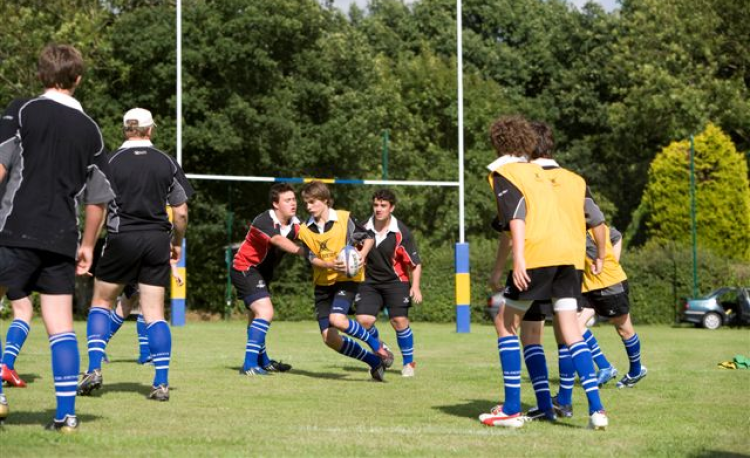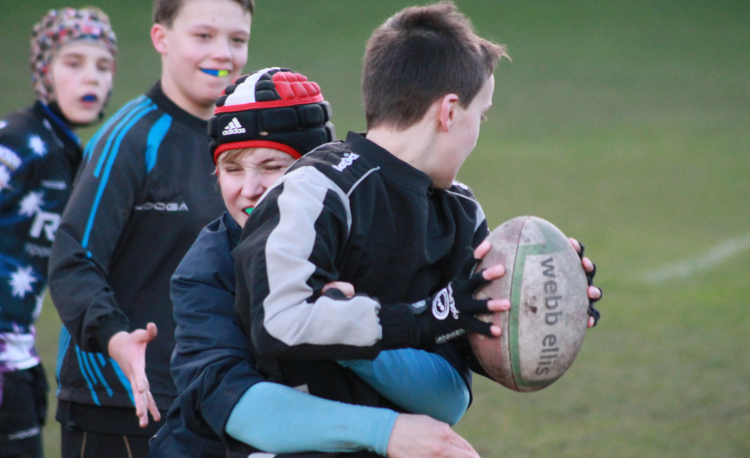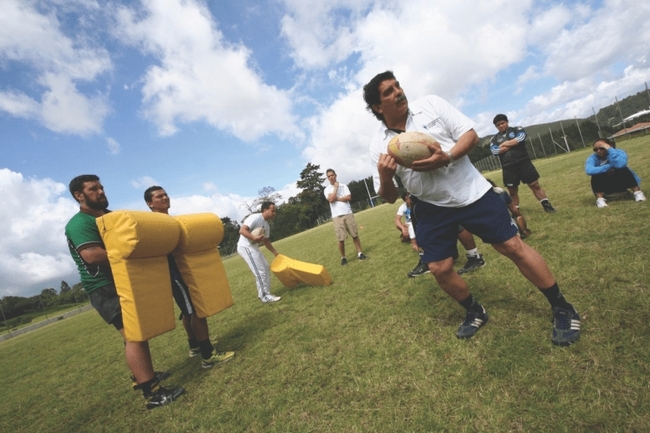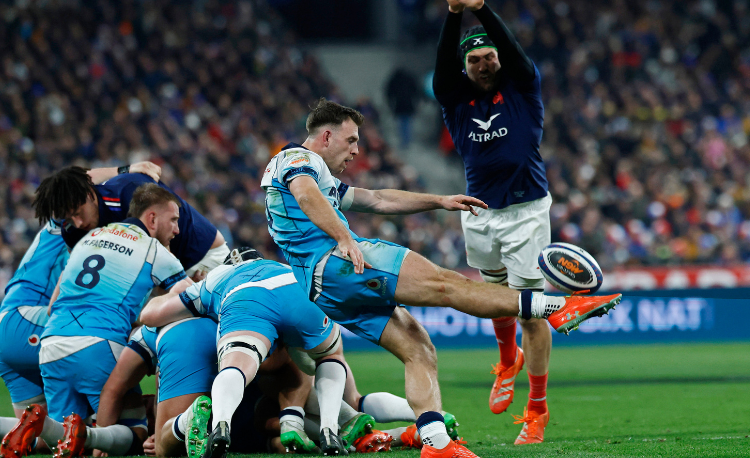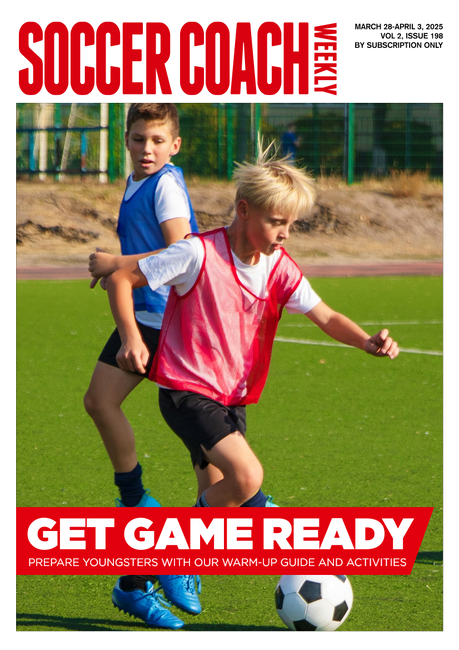Touch: official FIT rules
SAMMIE PHILLIPS, head of elite coaching for England Touch, outlines key laws set by the Federation of International Touch (FIT) that can take time to grasp.
Touch is six-a-side on the field, but you can name up to 14 players in a team.
Subs roll on and off at any time but players must have left the pitch before their subbing buddies come on.
The field of play is 50m wide and 70m long, the same dimensions as sideline to sideline on a standard rugby pitch. Touch games are 20 minutes each way.
A touch is just that
A touch is on any part of the body (including hair), clothing or the ball itself.
The toucher must call “touch” once they have done so, in order for the referee to acknowledge the touch and count it as one of six the attacking team is permitted in each attacking set.
A touch can be effected by both an attacker (initiating the touch) or a defender. It is considered bad sportspersonship not to acknowledge being touched – and, likewise, to claim a touch if none has been made.
Once a touch has been made, the whole defending team must retreat 5m and can’t move forward until the ball is played by the attacking team.
Defenders must retreat in a straight line (this can be diagonal) but must not deviate from this line and obstruct attackers before reaching an onside position.
Roll the ball
The touched player must place the ball down between their feet and step over it exactly where the touch was made on the pitch. This is referred to as the ’mark’.
The game of touch doesn’t allow for momentum. If the ball carrier overruns the mark, they must go back to where they were touched and put the ball on the ground between their feet.
This is very strictly refereed and is referred to as the ’roll ball’. However, players will often not roll the ball backwards, as in rugby league, but instead place the ball on the mark so as not to delay play and to prevent the ball being knocked on when picked up.
Play the ball
The player who picks up the ball following a roll ball is referred to as the dummy half.
There are two special rules concerning the dummy half – they cannot score and, if they are touched in possession, it’s a turnover.
Therefore, the easiest thing to do is pass the ball off and then get back into the game.
Infringements mean turnovers
The following infringements result in a loss of possession and the defence retreating 5m:
- The ball goes to ground
- The ball goes into touch
- The attacker loses control in the roll ball
- The dummy half loses control picking up the ball (knock on)
"The dummy half can’t score and, if they are touched in possession, then it’s a turnover..."
The following infringements result in a loss of possession and the defence retreating 10m:
- An attacker passes the ball forward
- An attacker passes the ball after a touch has been made (instead of performing a roll ball). This is referred to as a ’touch and pass’
- An attacker performs a roll ball over the mark
- A defender is offside (has not retreated the requisite 5m or 10m)
- A defender makes a ’hard touch’. Minimum force must be used – touch is a game of speed, fitness and advanced handling skills
Defensive line
Defenders will try and get in front of an attacker when making a touch so that they can use their momentum to push off them and get back onside as quickly as possible.
If a defender is not 5m back from the touch (or 10m if a penalty), they are out of the game, so attackers can run past them without suffering a touch.
Touch the ball down to score
If you are touched before you put the ball down, even if you are in mid-air, it’s a touch.
The play then restarts 5m from the line and the defence must wait on their try line until the dummy half touches the ball.
Scores are referred to as touchdowns and 1 point is awarded for every score.
In touch
If a player is touched before they go into touch, the touch counts.
Otherwise, if they do go into touch, it’s a turnover, 5m infield, to the opposite team.
Related Files
Newsletter Sign Up
Coaches Testimonials
Subscribe Today
Be a more effective, more successful rugby coach
In a recent survey 89% of subscribers said Rugby Coach Weekly makes them more confident, 91% said Rugby Coach Weekly makes them a more effective coach and 93% said Rugby Coach Weekly makes them more inspired.
Get Weekly Inspiration
All the latest techniques and approaches
Rugby Coach Weekly offers proven and easy to use rugby drills, coaching sessions, practice plans, small-sided games, warm-ups, training tips and advice.
We've been at the cutting edge of rugby coaching since we launched in 2005, creating resources for the grassroots youth coach, following best practice from around the world and insights from the professional game.
